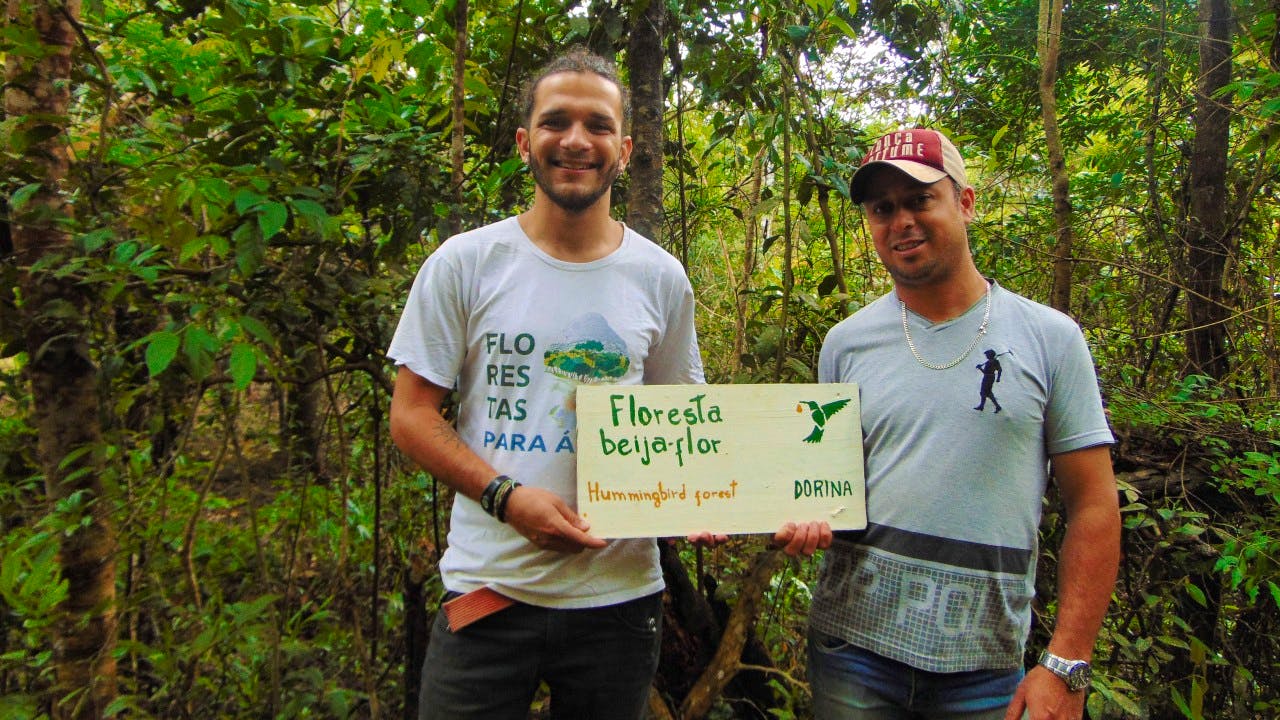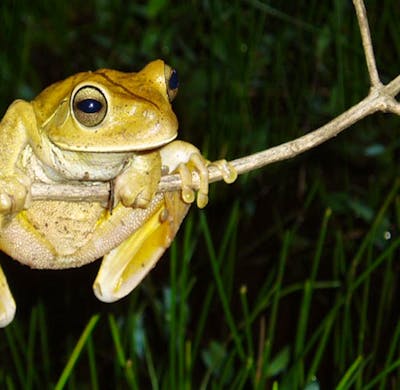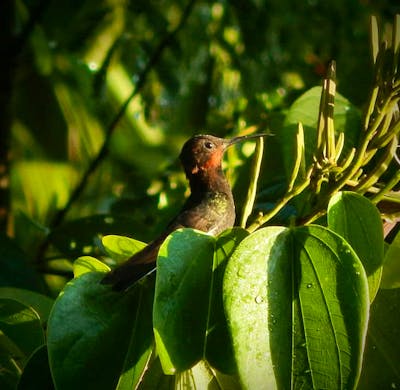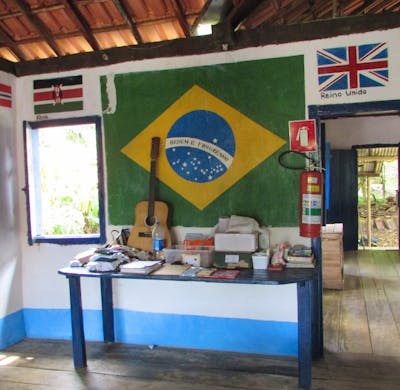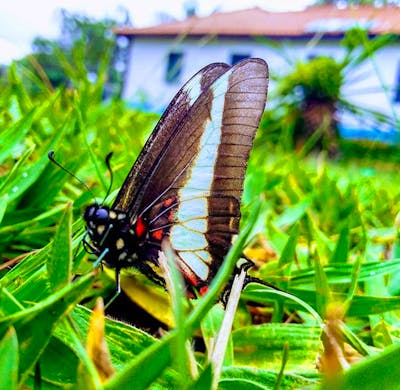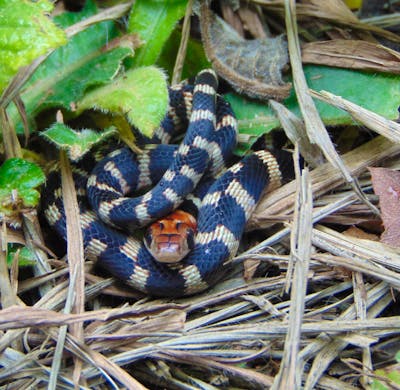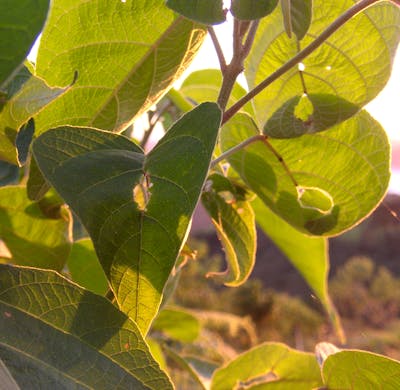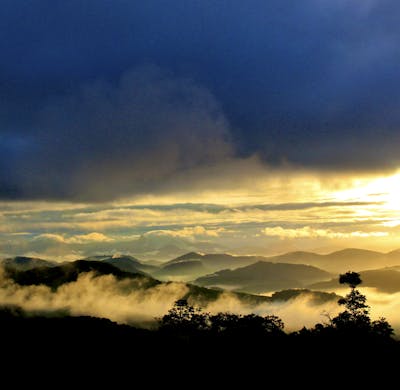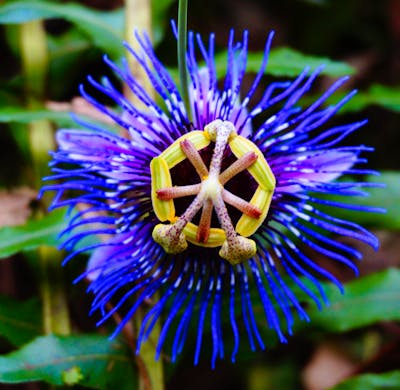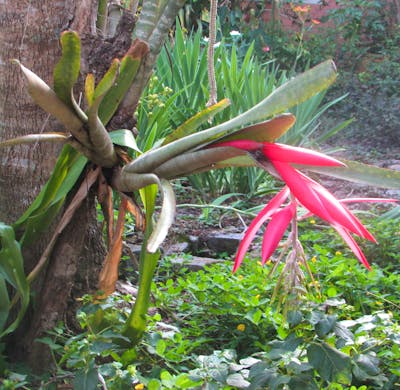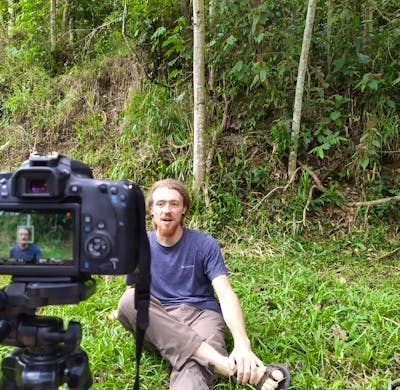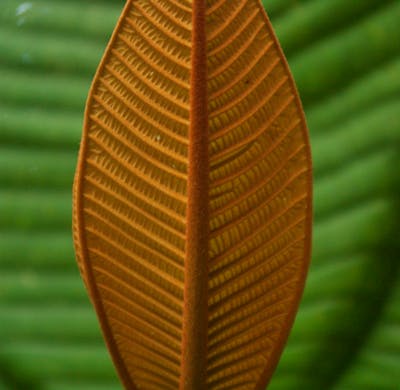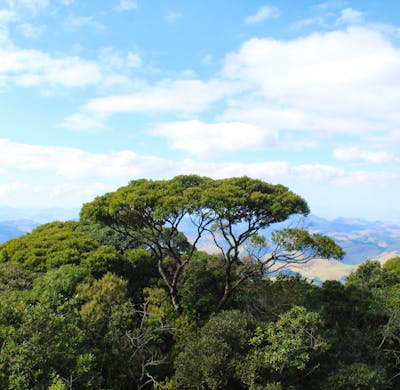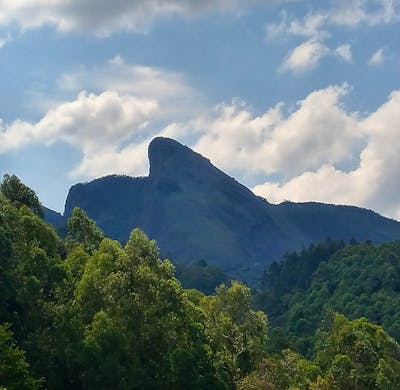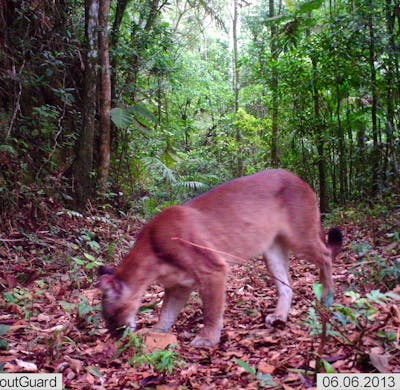from 451€
Giving a Voice to the Rainforest
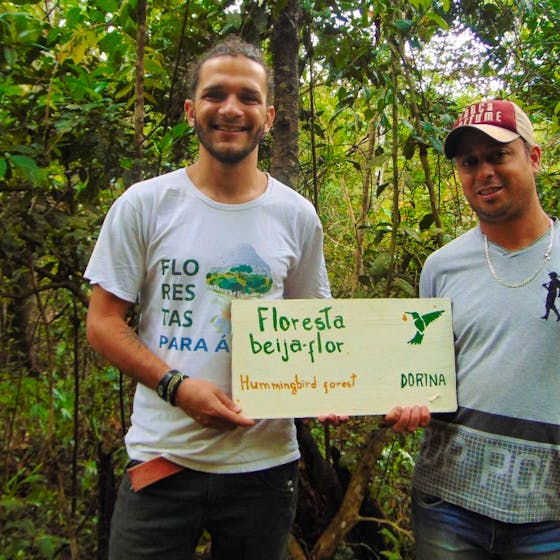
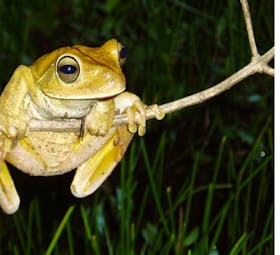
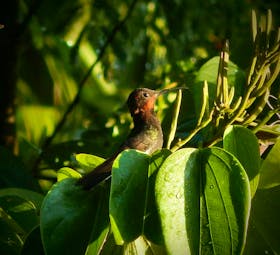
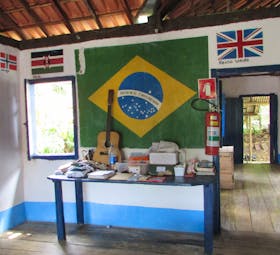
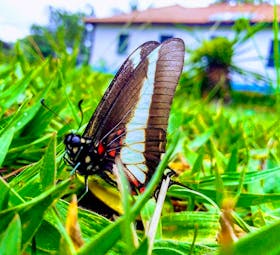
Highlights
- Immerse yourself in the tropical rainforest and take unforgettable photos
- Discover the grandest forest tree, the tiniest miniature frog, and share your discoveries with the world
- Use your skills to help people see the forest through your eyes. Create content that inspires them to care for nature wherever they find it.
- Get to know the local community and share their stories with the world!
- Hike in the forest, swim in the crystal clear water of the rivers, and climb incredible mountains!
Especially suitable
About the program
Calling photographers and filmmakers to take amazing images of the Brazilian rainforest, its fauna and flora and traditional rural people!
We warmly invite you to join us at the Iracambi Rainforest Research Center in Brazil's Atlantic Forest, where you'll be able to follow environmental conservancy practices in the Brazilian Atlantic Rainforest. Together with local students, schoolkids, community members, international students, and ...
Typical day
Studying, interning, volunteering, or visiting Iracambi provides you with a fantastic opportunity to be part of a lifestyle that is likely very different from what you are used to. You will be sharing the campus space with people of different nationalities, backgrounds, skills, ages, and interests - ...
Free-time activities
On weekends you can swim in the rivers, hike in the forest, climb local mountains – no rock climbing involved and you will be rewarded with amazing views. You can interact with the local community and attend local parties and festivals, particularly in June and July during the winter festivals. ..
Requirements
What's Included
What's NOT included?
Details on arrival
The weather in this part of Minas Gerais state is defined by the rainy season and the dry (less rainy) season. Normally the rains come in October, November and last through April. Daytime temperatures will be in the range of 25C - 35C with cooler nights (22C - 26C). The rainforest is alive with activity during this time. Mornings are usually clear and if there's rain on the way it will cloud over as the day goes on, with rain and sometimes thunder in the afternoon. After a short sharp storm, the sun will often reappear, and although you may get wet you won't get too cold! Don’t forget your waterproof jacket! By contrast, the dry season is cooler - temperatures can drop to around 10C at night and you'll need a fleece. Daytime temperatures are normally around 18C-26C
You are welcome to visit year-round since there is no lack of projects for you to join. The rainy season – October through May – is when you’ll see nature at its most exuberant, while the dry season (June through September) has cooler nights with sunny days. Every season has its charm.
Once you contact us we'll be happy to send you more details of how to get here and what to expect when you arrive!
Tree planting activity normally takes place between November and January. and plant trees alongside the farm families.
The dry season is the time to It’s the time to visit local farms and monitor last year's plantings, hop on the school bus and visit local schools to share your language and culture, help in the forest nursery, and get involved in year-round projects such as maintaining the forest trails, updating the photo library, making videos and helping out with NGO tasks such as marketing and fundraising, and hosting school visits and workshops.
Iracambi has a Weather Station here at our Research Center, below there's the link for you to check the forecast before your trip.
https://ambientweather.net/dashboard/c793528445ff1ad40823a5c91219e28b
Program fees
Meet your organization

Iracambi Research Center
Non-profit - founded in 1999
Verified by Volunteer World
Coordinated by

Iracambi
About the project
11 reviews ·  4.8
4.8
Location

You might also be interested in
-
Amazon Rainforest
Photography Internship
Intern Abroad
Mission Trips
Volunteer Trips for College Students
Couples
Best Volunteer Programs
Voluntouring
Nature Volunteering
Adults
Projects Abroad
Global Volunteer Opportunities
Internships in Brazil
50 Plus Volunteering
Family Volunteering
Latin America
